
15 minute read
Lava rock gardens maintain Mexico’s natural Landscape
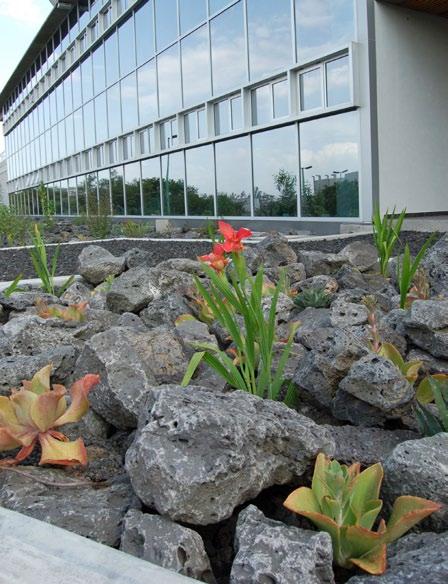
By: Jimena Martignoni
Advertisement
The Ecological Preserve of Saint Angel Lava Rock (REPSA, or Reserva Ecológica del Pedregal de San Angel) is a designated area within the National Autonomous University of Mexico (UNAM) which protects the ecosystem of the “Pedregal”.
The Pegregal, which is the colloquial name of this natural environment, is the 80km2-territory situated south of Mexico City which was covered by lava from the Xitle Volcano approximately 1670 years ago. Today, the conserved fragments of the pedregal extend over only 29.5km2, something like 36% of the original area. Part of the remaining lava field is located within the UNAM campus, which covers a total area of 719 hectares representing the largest and more important university in Mexico; for this reason and with the object of protecting this original and cultural landscape from the rapid urbanization of Mexico City, in 1983, the university’s authorities decided to create the preserve with an initial area of 124.5 hectares. In 2005, after several delimitations, REPSA was finally defined as an area of 237 hectares.
The lava spewed from the volcano extended from 3,100 meters above sea level until 2,270; along this altitudinal gradient different plant communities were developed over time: Conifer woods (3,000 to 2,850), Oak (Quercus desertícola) woods (2,850 to 2,350) and the xerophile brushwood (2,350 to 2,100). The latter is the ecosystem that can be found in the UNAM campus, becoming the last relict of this arid landscape within the most populous city in Latin America. More than 300 drought-tolerant species grow in the Saint Angel Pedregal -senecios, echeverrias and cacti being
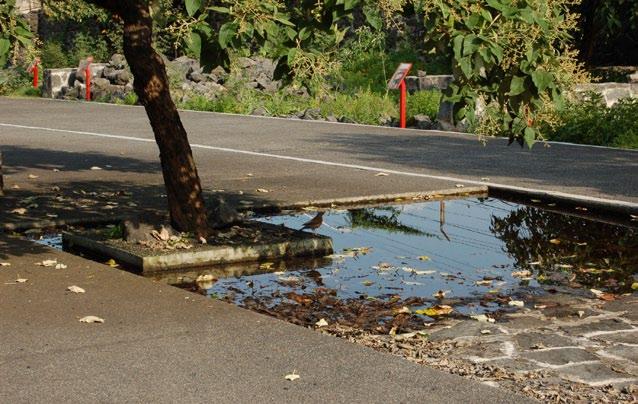
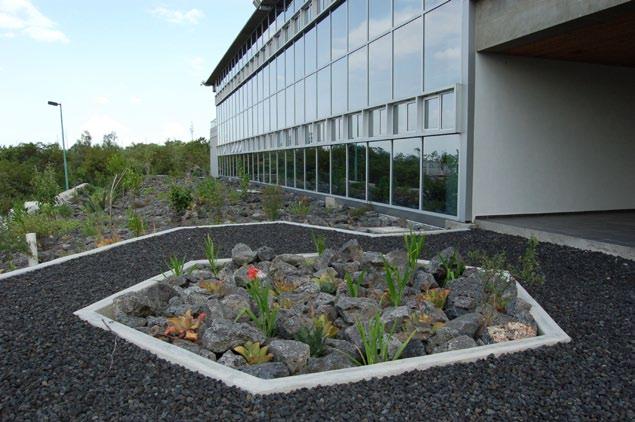
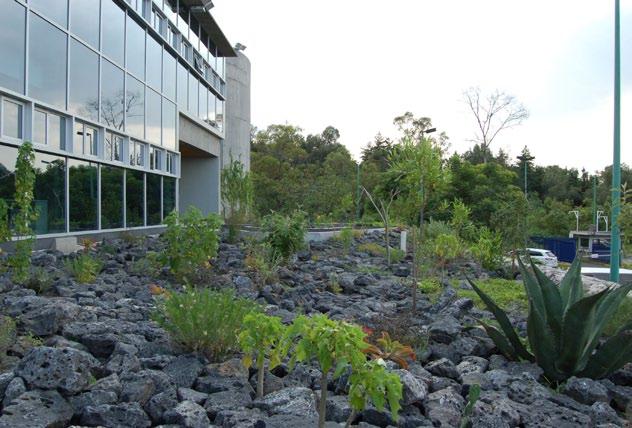
the most common- and more than twenty species of terrestrial orchids, some of them endemic, make the pedregal an orchid sanctuary.
The basaltic bedrock protected in REPSA has a high biological, ecological and geomorphological value, allowing the recharge of water tables and maintaining levels of humidity and air quality. The preservation of this ecosystem not only means the evolution of the wildlife of this relict but the conservation of an endangered landscape in the Mexico basin. On the other hand, the UNAM’s main campus is on the World Heritage List –declared in the 31st Assembly of the World Heritage Committee in New Zealand, 2007– adding another highly significant component to any conservation projects implemented within this area.
The UNAM campus in Mexico City was build between 1949 and 1952, on the site of the original pedregal, following trends and principles of the Modern Movement and including artistic works made by some of the most important Mexican muralists. The conceptual layout of the campus was based on the integration of architecture, planning and landscape. However, over time, this last component lost relevance and the rocky landscape of the pedregal was replaced –those parts and outcrops appearing in the borders of the campus and in between the buildings– by manicured gardens. With the object of bringing back to sight the lava rock and the native flora growing on it, in order to rescue the original landscape of the pedregal and to conserve the local biodiversity, in 2005 the university commissioned a first project called Exhibiting Gardens of Native Flora (Jardines Demostrativos de Flora Nativa), after the final definition of REPSA. This would be a thematic space and would provide the plants for all new gardens following preservation concepts.
Later, in 2013, another project was developed with same objectives but taking things to a higher level and incorporating the rock as a main design element: the gardens of the National Laboratory of Sustainability Sciences (LANCIS, or Laboratorio Nacional de Ciencias de la Sostenibilidad).
The new landscape concept that would guide the design and construction of these two gardens is called, in Spanish, “Xero-jardineria”, which means “Xerogardening”. This is a play of words, referring on the one hand to the native xerophile flora of the pedregal, and on the other hand to the word “zero”, meaning that this design would imply no gardening at all. From a maintenance perspective, these spaces would greatly reduce the use of water, thus closing a circle of sustainability, preservation and innovation.
Exhibiting Gardens of Native Flora (EG)
The commission for the planning of these gardens was given to the School of Architecture and, more especially, to the School of Landscape Architecture, where landscape architect Pedro Camarena, one of the listed professors, was chosen to lead the project. Camarena was, in addition, Chief of Special Projects of REPSA, being in charge of the transformation of the formal gardens in the campus into “xero-gardening” ones.
The project, which covers 2.46 hectares, was developed in 2005 and built in 2007, to open in November of that year.
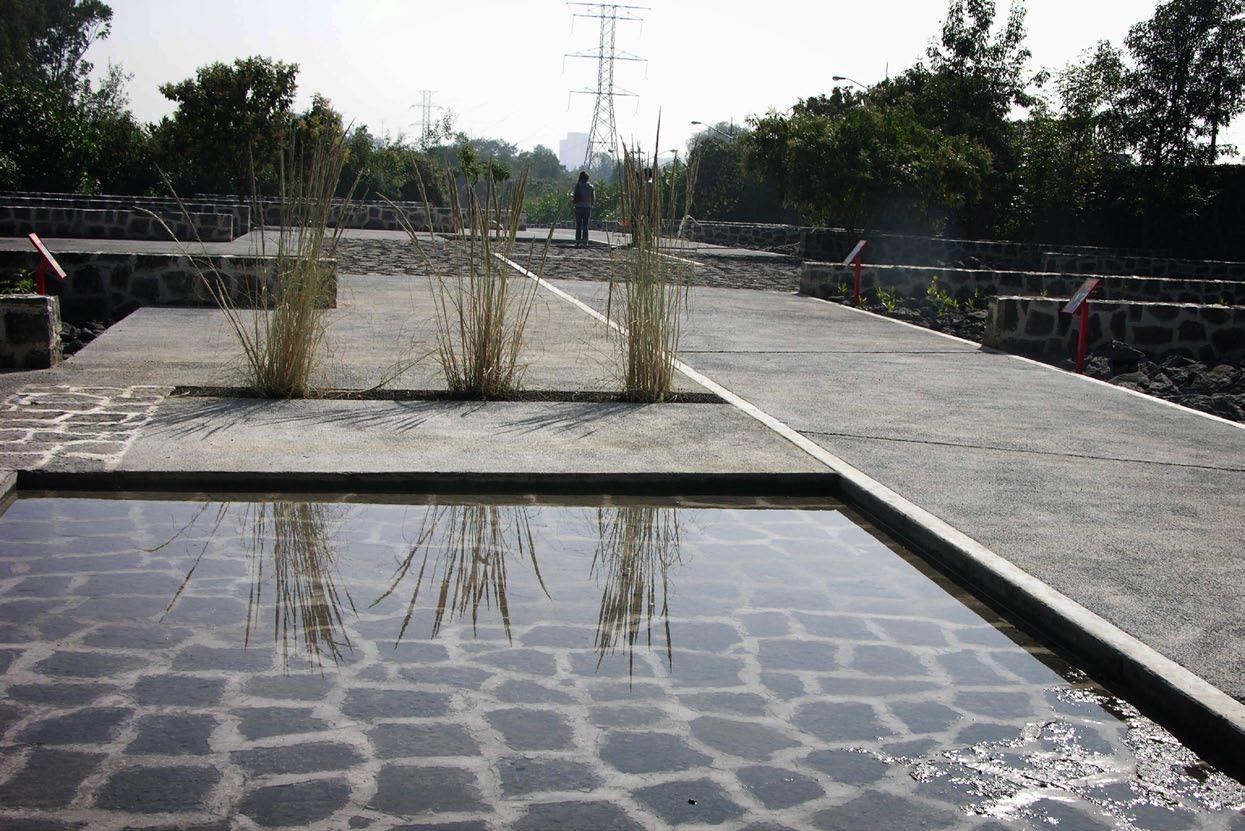
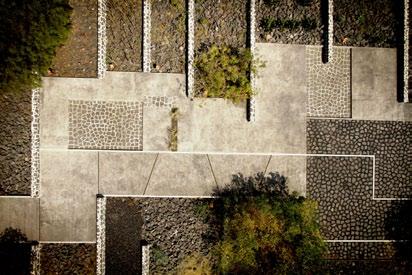
The layout is very simple and presents a series of square and rectangular plots at ground level, whose size ranges from 12 to 50m2, knitted together by a central paved path. The plots, which are 42 in total –21 on each side–, are divided by short lineal walls made of the reclaimed rock and debris from the construction of an art museum located 800 meters away, part of the campus.
The floor of every garden is made of the lava rock, recreating the natural surfaces of the pedregal and, in this manner, eliminating any possibility of a formal garden, made of dirt soil, sand, gravel or grass. This makes the space appear as a rocky extension of black and grey tones, only interrupted by the green and reddish hues of the plants growing in the natural cracks and voids in the bedrock, bringing the original imagery of the pedregal close to the visitors and students. With this rock, which is the most common material of the pedregal, were built all short and enclosing walls in the campus since 1949.
All plants were either transplanted from the preserve’s area or spread from seeds or cuttings also collected in the preserve. The site includes a propagating nursery and a small educational area. Some of the plots and the edges of the gardens are planted with shrubs, small trees and agaves, all native to the pedregal; this group creates a green mass that adds a more compact and larger scale to the black landscape dotted by ornamental plants.
Located in the central path, a very shallow water mirror, almost a depressed square basin cut into the pavement, collects rainwater during rainy days. The layer of water remains while the rain keeps falling and evaporates naturally when the dry season begins, acting as a simple and humble water reservoir with no artificial hydraulic system. Birds and other small animals gather at this water fountain, a symbol of life.
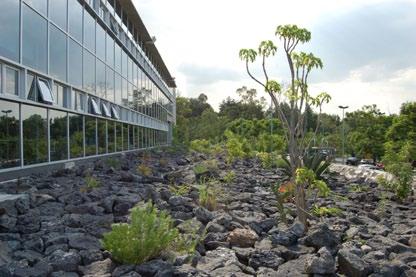
National Laboratory of Sustainability Sciences (LANCIS)
The Laboratory of Sustainability Sciences was founded by the directors of the Institute of Ecology of UNAM. This Institute has three main departments –Ecology of Biodiversity, Evolutionary Ecology and Functional Ecology– and the new sustainable building that houses
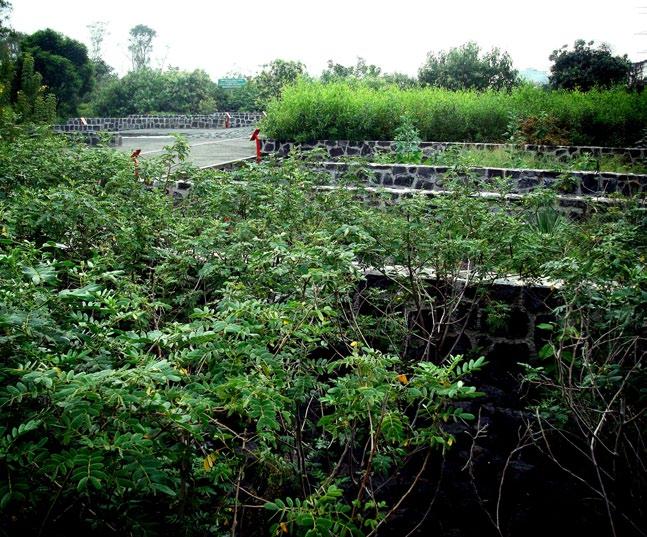
all offices and research rooms was completed and opened in April 2014. Built with recycled material, the building incorporates water and energy reduction methods, natural ventilation, solar panels and a rainwater collecting system connected to REPSA. In order to respond to the same objectives of recovery and conservation of the landscape of the pedregal in the UNAM campus, the spaces around the building were designed not as gardens or lawn areas but as a reflection of the black lava rock environment and the plants that live in it.
The project is conceptualized as a series of drawings on the floor, repeated as patterns that combine areas of rock, crushed rock and pavement. These drawings are based on the overlapping of two of the most representative shapes of sustainability: the molecular Borromean rings and the Sierpinski triangle. This fractal layout, which mingles scientific data with design expertise, resulted from the collaboration between leading landscape architect Pedro Camarena and scientists of LANCIS. The remaining spaces, which are left from the combination of those fractals, shape the planting beds. The largest planted surfaces extend in front of the facades of the building, creating a natural foreground that vividly recalls that of the pedregal.
The plants displayed in this area are the ones which were proven to grow well in the Exhibiting Gardens. Only two new species –climbing plants also native from the pedregal– are added to cover a concrete wall: Passiflora subpeltata (white passion flower) and Cissus Sycioides (princess vine).
Chosen by their sculptural character, their size and fantastic shapes, some agaves were also incorporated into this planting scheme. Part of the cultural landscape of Mexico since the time of the pre-Columbian civilizations, the agave is one of the most emblematic plants of the local flora; in this land, 150 species can be found out of a total of 200, and almost 70% of them are endemic.
Once more and more spaces in the campus choose to rescue and conserve this landscape, the pedregal will again be the most distinctive image and, most importantly, will be sheltering the kind of wonderful life that cannot be found anywhere else in the planet.
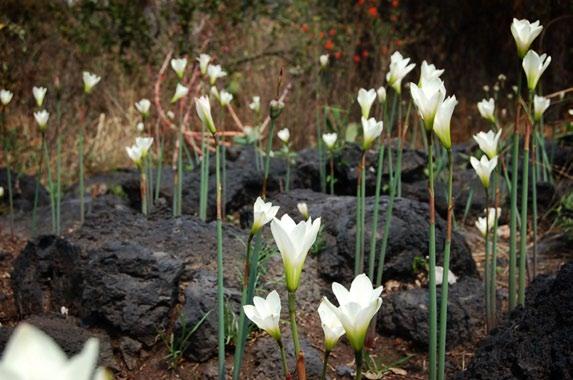
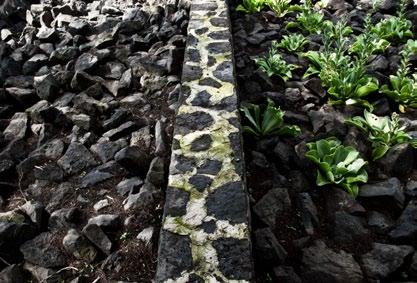
Location: Mexico City, UNAM campus Landscape Architect: Pedro Camarena Exhibiting Gardens of Native Flora, Area and date of completion: 2.46 hectares, 2005 Client: UNAM’s Rectory Laboratory of Sustainability Sciences, Area and date of completion: 1,870m2, 2014 Client: Institute of Ecology of UNAM

BOOKS OF INTEREST
ROOTED IN SESIGN
ISBN-9781607746973 PRISE-107.00Dhs.
BOOK DESCRIPTION: A stylish and full-color guide to creatively integrating indoor plants with home decor from the owners of the popular Sprout Home garden design boutiques. Indoor plants play a large role in the design and feel of a space. Focusing on indoor gardening--from small containers and vertical installations with air plants to unique tabletop creations--Rooted in Design provides readers with the means to create beautiful and long-lasting indoor landscapes. Tara Heibel and Tassy De Give, owners of the successful Sprout Home gardening stores, offer expert advice for choosing plant varieties and pairing them with unique design ideas. Sharing practical tips honed through hundreds of plant design classes, Heibel and DeGive tell readers everything they need to know to care for their one-of-a-kind green creations
OUDOLF HUMMELO
ISBN-9781580934183 PRISE-215.00Dhs.
BOOK DESCRIPTION: “Piet Oudolf is best known for his now-iconic designs for the High Line in New York City and Millennium Park in Chicago. Hummelo, his own garden in The Netherlands, is visited by thousands of gardeners each year. It serves as his personal design and plant propagation laboratory, and is where he has honed his aesthetic and created new varieties of plants for over three decades. This title charts how the garden of one of the world’s best-known and most-loved plantsmen has evolved, and gives frank assessments of his experiments that have gone both well and awry. Hummelo, timed to coincide with Oudolf’s 70th birthday and his acceptance of Holland’s most prestigious cultural award, provides his throngs of followers with a chronology of how his naturalistic style and career has developed. Lush photography documents how the garden has changed and inspired him over the years, and text by prolific garden writer Noel Kingsbury will ensure a lively read for all home garden enthusiast”
URBAN ENVIRONMENTAL LANDSCAPE
ISBN: 9781864706307 Author: Dieter Grau Hardcover: 256 pages Publication Date: (10 Jun. 2015)
Book Descriptions: The book provides the latest trends in urban environmental landscaping, with informative chapters on basic principles, dimensions, reference standards and considerations across a range of themes, such as public parks, public plazas, waterfront public open spaces, and urban street environments It Showcases a broad range of informative high-quality projects spanning the United States, Mexico, Australia, China, and Europe and provides comprehensive reference material for architects, urban planners, preservationists ,and landscape designers, and all who are directly involved in town planning in the urban environment. For each part, we selected the most striking cases with the newest design standards to showcase spectacular landscape design

With its headquarter in Tokyo, Japan and world class stores spread over countries like America, Singapore, Indonesia, Malaysia, Thailand, Australia, Taiwan and now in DUBAI – UAE, Kinokuniya is a globally known book seller of repute. The store in Dubai Mall is a massive 68,000 square feet wide paragon book gallery which stocks more than half a million books and thousand magazines in English, Arabic, Japanese, French, German and Chinese at any given time. The Store is also a distinct cross cultural hub wide range of time to time multicultural events such a comic art demonstrations, language learning workshops, book launches etc. The pleasant ambiance, stenographic design and add to it the impressive view of modern skyline – world’s tallest building, Burj Khalifa, Kinokuniya at The Dubai Mall is just the place to evoke emotions and add pleasure to your book shopping. You may like to visit our website for more information. www.kinokuniya.com
MP ROTATOR® MORE COVERAGE. LESS WATER.


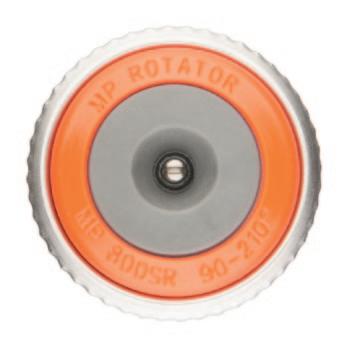
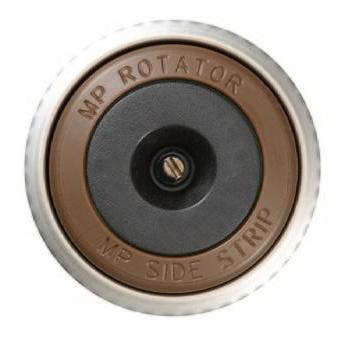
STANDARD MP MP800 MP STRIPS
0.4
in/hr
8-35 ft.
• Maximum water efficiency • Slowest precipitation rate • More heads on one zone
0.8
in/hr
6-16 ft.
• Small spaces • Tight water windows • Spray retrofit solution
5 ft. wide
• Rectangular spaces • Pair with standard MP or MP800 nozzles
Higher water savings. Faster installation. More than a decade of proven performance. Manage irrigation according to exact landscape needs with the industry-best MP Rotator nozzle family. With two precipitation rates across the widest radius range available, install the smarter solution for high-efficiency irrigation. Choose the MP Rotator.
middleeasttenders.com +971 2 634 8495
STATUS : NEW TENDER TRADE CATEGORY : AGRICULTURAL, LANDSCAPING AND IRRIGATION
NEW & CURRENT PROJECTS
Tender Name
Levelling & Backfilling of Farms
Description
Project of Levelling and Backfilling of Farms in Separate Areas.
Client Region
Department of Urban Planning & Municipalities - Al Ain City Municipality Al Ain
Tender Cost (USD) Post Date Closing Date
2/4/2021 2/14/2021
Irrigation System Supply and Installation of Irrigation System. Social, Humanitarian, Economical Intervention for Local Development (Lebanon) Lebanon 2/4/2021 2/14/2021
Agricultural Maintenance Works Maintenance of Agricultural Works. Ministry of Education (Saudi Arabia) Saudi Arabia 667 2/2/2021 2/17/2021
Green House Nursery & Irrigation System Provision of Green House Nursery and Irrigation System. Mercy Corps (Lebanon) Lebanon 2/1/2021 2/15/2021
Maintenance & Rehabilitation Works Maintenance and Rehabilitation of the Department of Agricultural Development. Ministry of Agricultural, Fisheries & Water Resources (Oman) Qatar 2/1/2021 2/14/2021
Maintenance & Rehabilitation Works
Maintenance and Rehabilitation of the Department of Agricultural Development in Yanqul. Ministry of Agricultural, Fisheries & Water Resources (Oman) Oman 2/1/2021 2/14/2021
Agricultural Works Agricultural Works for Al Sabiya Station. Ministry of Electricity & Water (Kuwait) Kuwait 500 2/1/2021 3/7/2021
Agricultural Maintenance Agricultural Maintenance of Football Fields in Clubs and Sports Federations (group 1). Public Authority for Youth & Sports (Kuwait) Kuwait 2/1/2021 2/14/2021
Equipment Maintenance Maintenance Contract for 9 Equipments at Albustan 2021. Ministry of Agricultural, Fisheries & Water Resources (Oman) Oman 2/1/2021 2/7/2021 Gardens & Irrigation Network
Maintenance Works Maintenance of Gardens, Green Areas and Irrigation Networks. Najran Municipality (Saudi Arabia) Saudi Arabia 2/1/2021 2/9/2021
Plants & Irrigation Systems Maintenance Maintenance Plants and Irrigation Systems at Shaikh Zayed Road Phase 1. Dubai Municipality (Published on eSupply Portal) Dubai 1/28/2021 2/9/2021
Maintenance Works Maintenance Work for the Fish Market in the State of Liwa. Ministry of Agricultural, Fisheries & Water Resources (Oman) Oman 1/28/2021 2/14/2021
Parks & Gardens Facilities Maintenance of Parks and Gardens Facilities. Taif Municipality (Saudi Arabia) Saudi Arabia 933 1/27/2021 3/2/2021
Maintenance & Replacement Works
Irrigation Canals Construction Works
Irrigation Canals Construction Works Construction of Irrigation Canals and Networks Using Labour Intensive Approach Kfarhabou & Bakhoun Miniyeh El Denniyeh. United Nations Development Programme - UNDP (Lebanon) Lebanon
Trees Replant, Cutting & Removal
Maintenance and Replacement of Damaged Gardens, Landscaping and Irrigation Networks. Construction of Irrigation Canals and Networks Using Labour-Intensive Approach.
Replant, Cutting and Removing the Trees from Various Location. Ministry of Municipal & Rural Affairs (Saudi Arabia)
United Nations Development Programme - UNDP (Lebanon) Saudi Arabia 667 1/27/2021 2/15/2021
Lebanon 1/22/2021 2/17/2021
1/20/2021 2/18/2021
Electricity & Water Authority - EWA (Bahrain) Bahrain 39 1/11/2021 2/9/2021
Integrated Management Program Supply of Research Needs for the Integrated Management Program of Red Palm Weevil. Ministry of Agricultural, Fisheries & Water Resources (Oman) Oman 65 12/31/2020 2/10/2021
Landscape Services Provision of Landscape Services. Kuwait Gulf Oil Company (KGOC) Kuwait 12/10/2020 3/7/2021
Miniature Parks & Playgrounds Construction
Maintenance and Irrigation Construction of Miniature Parks and Playgrounds Maintenance and Irrigation of Gardens and Parks
Parks Restore & Rehabilitate A Project to Restore and Rehabilitate Parks (Dalgan, Al-Maski, Al-Jarrah and Al-Hadba) Department of Urban Planning & Municipalities - Al Ain City Municipality Al Ain 11/1/2020 11/22/2020
Taif Municipality (Saudi Arabia) Saudi Arabia 1467 10/25/2020 11/22/2020
Ministry of Environment, Water & Agriculture (Saudi Arabia) Saudi Arabia 933 10/25/2020 11/18/2020















